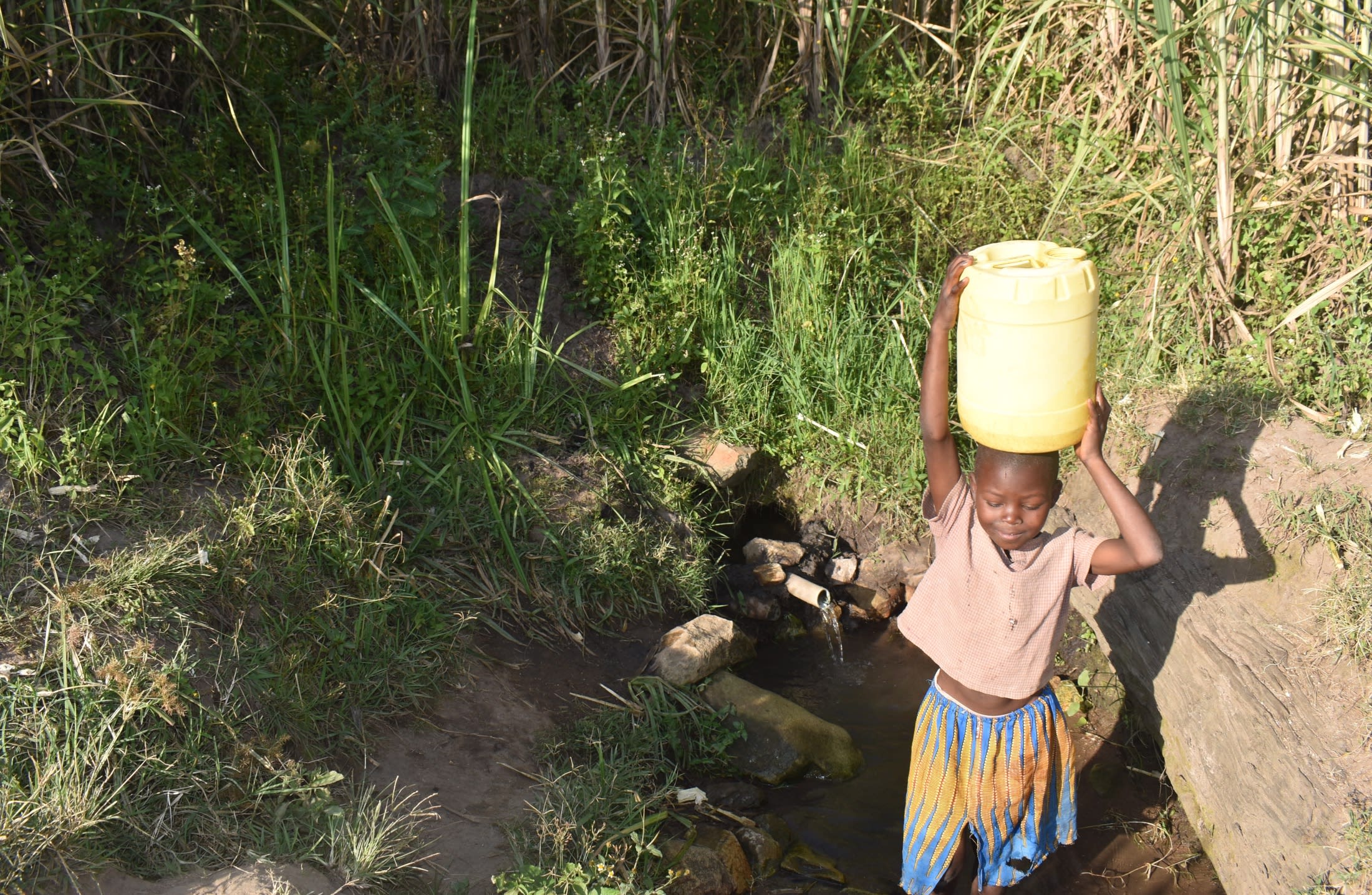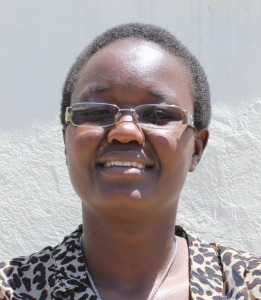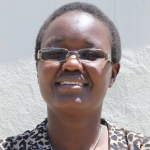Any development for the 180 people in Sundulo Community has been put on hold: they spend any money they can get at the hospital on typhoid treatments.

"Drinking water from the spring has affected me because I have been sickly, and this has made me weak," said 38-year-old Lilia Ndoli, shown collecting water from the spring above. "Spending money in the hospital every time is so expensive and this sometimes makes me not to visit the hospital but rather take traditional medicines, which affects me more."
There's a similar theme when it comes to time. Sundulo's people spend most of their money treating water-related illnesses, just as they spend most of their time every day fetching water.
In Sundulo, most people make at least five trips to the spring a day, which is no easy feat. Both the young and the old have trouble accessing Shem Ndoli spring due to the surrounding slippery, swampy area. A number of injuries have been reported, particularly among small children. It is unsafe for them to fetch water even though they would love to help their parents.
The water crisis has also led to quarreling amongst the community members. In the morning, when everyone flocks to the spring, people become impatient with one another. One recurring complaint is that some women use dirty containers to fetch water, which others say is the cause of the high cases of typhoid that have ravaged this community and kept it from flourishing. But without being protected, the water from this open source would cause typhoid even if it were fetched with the cleanest jerrycan on Earth.
Fighting is particularly detrimental to Sundulo because of how the community members live and work together harvesting sugarcane for bulk sale to the nearby sugarcane factory. Without harmony amongst the people, their very livelihood is at stake. But when all their loved ones are sick with typhoid, people can hardly be blamed for having short tempers.
8-year-old Shaleen's mother has obviously taken care to lecture her daughter about only fetching the cleanest water in hopes that water fetched with care will no longer make their family members sick. But Shaleen (pictured below)knows it's useless.

"Fetching dirty water has been a habit because using a scooping jug to fill water in the container is not easy," Shaleen said. "My hand gets tired sometimes and I find myself not putting much effort to get clean water because I know that the situation will always be the same. Nothing changes."
It's difficult to hear an 8-year-old girl sounding so hopeless when she has a whole life ahead of her. But a protected spring will stop her and her family from being sick all the time, which will open up a whole new world of possibility and hope.
What We Can Do:
Spring Protection
Protecting the spring will help provide access to cleaner and safer water and reduce the time people have to spend to fetch it. Construction will keep surface runoff and other contaminants out of the water. With the community’s high involvement in the process, there should be a good sense of responsibility and ownership for the new clean water source.
Fetching water is a task predominantly carried out by women and young girls. Protecting the spring and offering training and support will, therefore, help empower the female members of the community by freeing up more of their time and energy to engage and invest in income-generating activities and their education.
Training on Health, Hygiene, COVID-19, and More
To hold trainings during the pandemic, we work closely with both community leaders and the local government to approve small groups to attend training. We ask community leaders to invite a select yet representative group of people to attend training who will then act as ambassadors to the rest of the community to share what they learn. We also communicate our expectations of physical distancing and wearing masks for all who choose to attend.
The training will focus on improved hygiene, health, and sanitation habits in this community. We will also have a dedicated session on COVID-19 symptoms, transmission routes, and prevention best practices.
With the community’s input, we will identify key leverage points where they can alter their practices at the personal, household, and community levels to affect change. This training will help to ensure participants have the knowledge they need about healthy practices and their importance to make the most of their water point as soon as water is flowing.
Our team of facilitators will use a variety of methods to train community members. Some of these methods include participatory hygiene and sanitation transformation, asset-based community development, group discussions, handouts, and demonstrations at the spring.
One of the most important issues we plan to cover is the handling, storage, and treatment of water. Having a clean water source will be extremely helpful, but it is useless if water gets contaminated by the time it is consumed. We and the community strongly believe that all of these components will work together to improve living standards here, which will help to unlock the potential for these community members to live better, healthier lives.
We will then conduct a small series of follow-up trainings before transitioning to our regularly scheduled support visits throughout the year.
Training will result in the formation of a water user committee, elected by their peers, that will oversee the operations and maintenance of the spring. The committee will enforce proper behavior around the spring and delegate tasks that will help preserve the site, such as building a fence and digging proper drainage channels. The fence will keep out destructive animals and unwanted waste, and the drainage will keep the area’s mosquito population at a minimum.

 Protected Spring
Protected Spring
 Rehabilitation Project
Rehabilitation Project










































